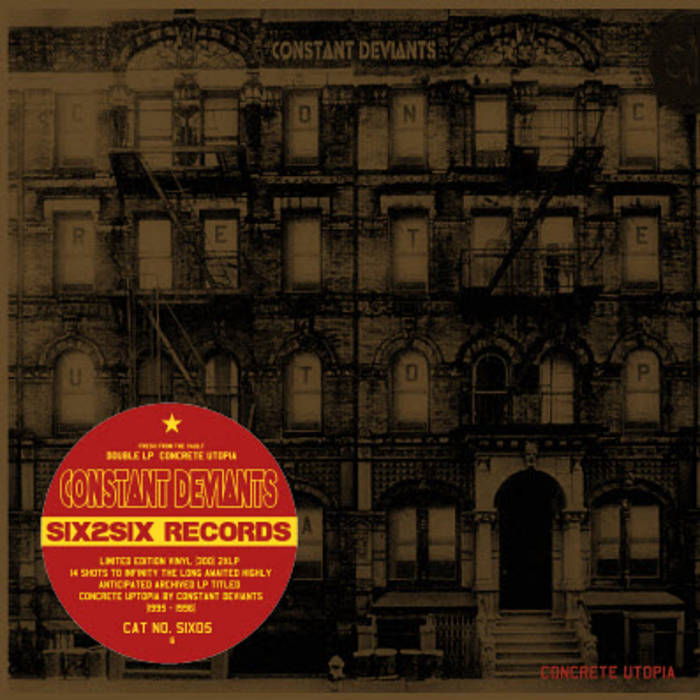

(This position evolved into the Non-Aligned Movement in concert with Egypt, India, Indonesia, and like-minded states mostly in the Middle East, Southeast Asia, and post-colonial Africa - Cuba was the only member in the Western Hemisphere - formalized at a conference in Belgrade in 1961.) Tito cast the creation of postwar Yugoslavia as a liberation from fascism, class oppression, and underdevelopment. Indeed, Tito’s signal accomplishment was to position Yugoslavia as the avatar of the “Third Way” geographically and ideologically, an independent zone between the capitalist West and communist East. The new nation - a federation that joined Slovenia, Croatia, Bosnia and Herzegovina, Montenegro, Macedonia, and Serbia (plus the autonomous Serbian provinces of Kosovo and Vojvodina) - was founded on the ideals of “brotherhood and unity.” The nation-building enterprise was expressly designed to suppress ethnic and regional rivalries and in evading absorption into the Soviet Eastern Bloc, Tito broke the Balkan region’s long history of domination by remote imperial powers. Tito cast the creation of postwar Yugoslavia as a liberation from fascism, class oppression, and underdevelopment. Urban Planning Institute of Belgrade, Belgrade Master Plan, 1949–50.
#Concrete utopia release series#
The historical period of the exhibition spans from Yugoslav dictator Josip Broz Tito’s postwar break with Joseph Stalin and the Soviet Union, to his death in 1980, an event that precipitated a series of political crises that ultimately led to the bitter breakup of the federation in the early 1990s. Far from indulging in rose-tinted retrospection, however, the curators - Martino Stierli 1 and Vladimir Kulić with Anna Katz - offer a rigorous and eye-opening survey of a body of architectural work produced in parallel with, and in service to, the very formation of the nation of Yugoslavia, a socialist federation that was forged from the crucible of World War II and disintegrated in bloody conflict a mere 50 years later.

It’s no wonder that Cubans of a certain age might look back and compare those days favorably to the present.Ī comparable nostalgia for a socialist past overlays the groundbreaking exhibition “Toward a Concrete Utopia: Architecture in Yugoslavia, 1948-1980,” now on view at the Museum of Modern Art in New York. in 1991, and the loss of Soviet patronage, plunged Castro’s Cuba into an excruciating poverty that crippled the state infrastructure and fomented political disillusion, and from which the country has not fully recovered. All evidence suggested that the Cuban socialist experiment was succeeding, and that international socialism was truly the wave of the future. Friends of mine who grew up in Cuba in the 1970s and ’80s remember fondly the time when the country’s educational system was superb, the health care system was the envy of the world, and the planned economy sustained a standard of living that got better every year. Many a Cuban will also wax nostalgic for the decades that followed the triumphant revolution in 1959.
#Concrete utopia release full#
The hotel, the management tells me, is kept full by wealthy Russians who come to Cuba to bask in the sun and indulge in nostalgia for an era when the Soviet Union was at the height of its power, the Eastern Bloc was leading the space race, and Soviet imperial influence extended all the way to the warm Caribbean.

Each suite is named for a Soviet cosmonaut, and the principal salon is decorated with vintage photographs of Russian spacecraft and celebrities, including Laika, the dog who orbited the globe aboard Sputnik 2. It has since then been meticulously restored as a boutique hotel, with appointments more lavish than the original and tricked out with Soviet space-age memorabilia. When I first visited the site, in 2002, the building was an abandoned shell, an eerie relic. Designed in 1974 by Antonio Quintana - Fidel Castro’s favorite architect - the daring concrete structure was built as a rest and relaxation retreat for Russian cosmonauts and military brass. Installation view, Toward a Concrete Utopia: Architecture in Yugoslavia, 1948–1980 Ĭasa de los Cosmonautas cantilevers dramatically over the powdery white sands of Cuba’s fabled Varadero beach.


 0 kommentar(er)
0 kommentar(er)
